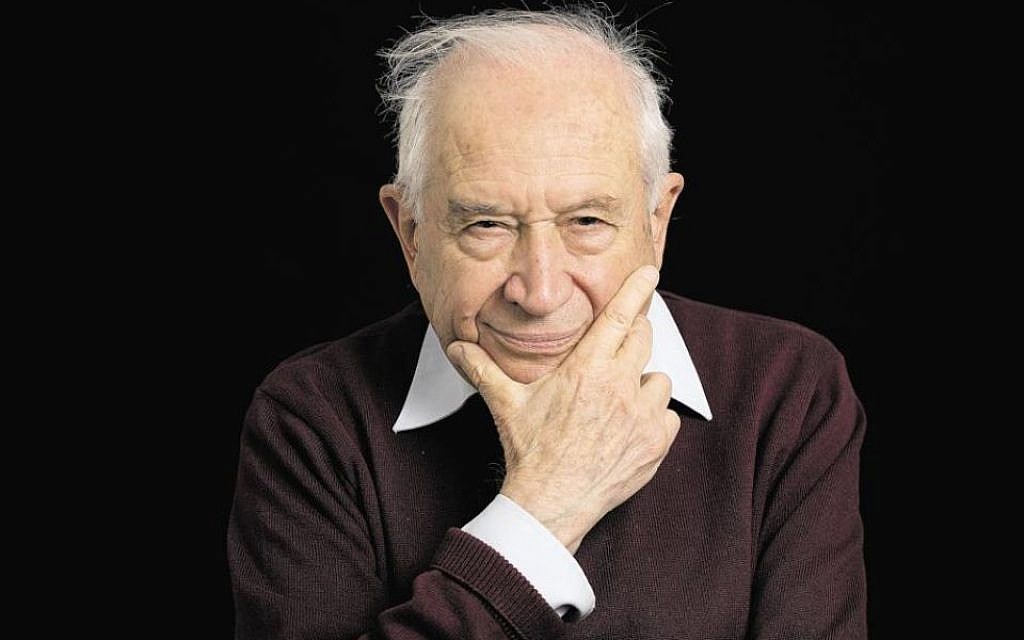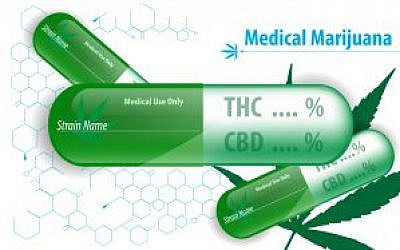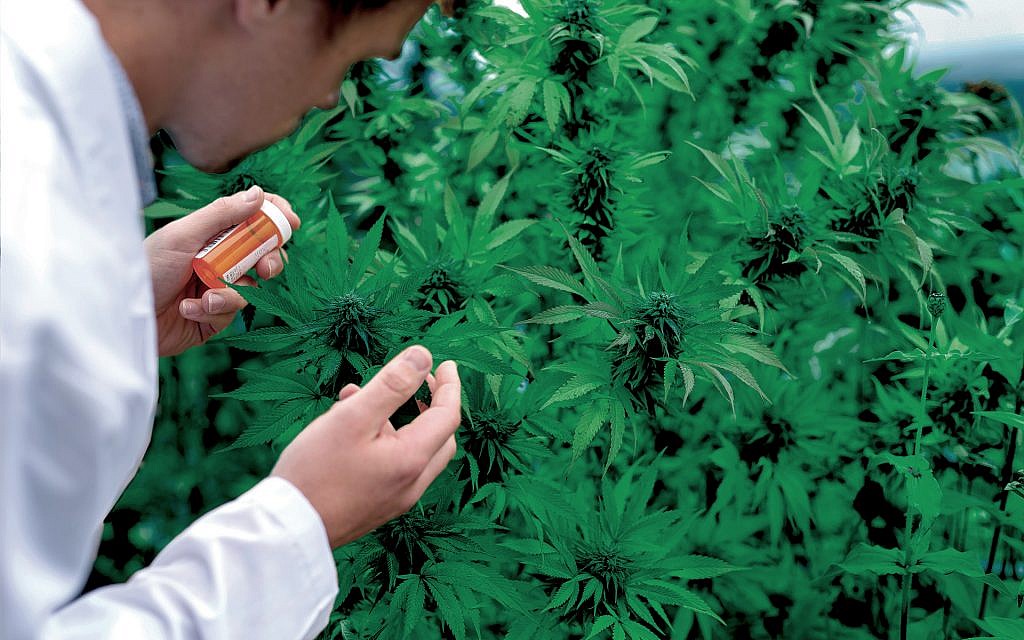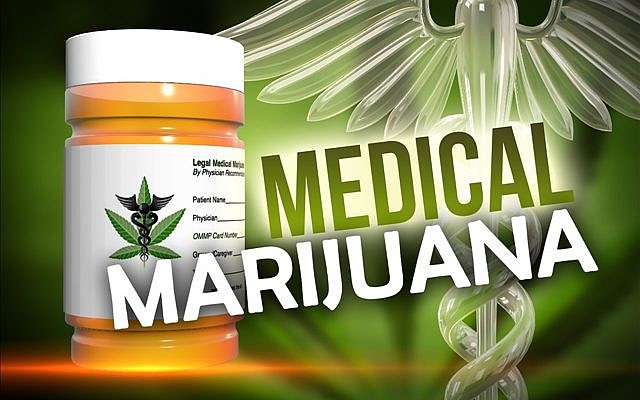Medical Marijuana
Israel was among the first countries to legalize medical marijuana, and in February 2017, the Israeli parliament took steps towards legalizing the export of medical marijuana.
In addition to being the AJT’s managing publisher and interim editor, Kaylene Ladinsky is the president of Americans United With Israel.
Marijuana, for many years, has had the bad rap of being a street drug with anyone using it considered a “pot-head.” It was illegal to possess, and many people suffered loss of career and legal action for being associated with it in any way. A mere rumor could cause devastation to some.
Now we have entered a new era where many find themselves somewhat confused by the past stigma of marijuana. We keep hearing about its many benefits and uses in the successful treatment of medical conditions. The benefits and wellness aspects of medical marijuana have us all interested in learning more. While investigating the facts, the AJT found that Israel is one of the leaders in the research and production of medical marijuana. “Israel is the marijuana research capital of the world,” says Dr. Sanjay Gupta, chief medical correspondent for CNN’s health, medical and wellness unit.
Israel was among the first countries to legalize medical marijuana; it remains illegal for recreational use. In February of last year, the Israeli parliament took steps towards legalizing the export of medical marijuana. Israel has the world’s highest ratio of marijuana users, with 27 percent of the population ages 18 to 65 having used marijuana during 2017, followed by Iceland and the U.S. at 18 and 16 percent respectively, according to U.S. News & World Report.

“The problem is that for many years, marijuana was put on the [same] scale as cocaine and morphine,” said Raphael Mechoulam, an Israeli organic chemist and professor of medicinal chemistry at Hebrew University in Jerusalem. “This is not fair. All drugs, starting from aspirin to valium, [have] side effects. One has to know how to use them.” Mechoulam began studying marijuana as a young professor in 1964 and is now widely recognized as the godfather of medical marijuana, the high priest of his field.

According to WebMD, marijuana plants contain more than 100 different chemicals called cannabinoids. Each one has a different effect on the body. Delta-9-tetrahydrocannabinol (THC) and cannabidiol (CBD) are the main chemicals used in medicine. THC also produces the “high” people feel when they smoke marijuana or eat foods containing it.
Medical marijuana is used to treat a number of different conditions: Cancer, glaucoma, multiple sclerosis, muscle spasms, nausea, pain, wasting syndrome (cachexia), appetite loss, eating disorders such as anorexia, mental health conditions such as schizophrenia and post-traumatic stress disorder, Alzheimer’s and Crohn’s disease.
Cannabinoids – the active chemicals in medical marijuana – are similar to chemicals the body makes that are involved in appetite, memory, movement and pain.
Research suggests cannabinoids might: reduce anxiety; relieve pain and inflammation; control nausea and vomiting caused by cancer chemotherapy; kill cancer cells and slow tumor growth; relax tight muscles in people with MS; stimulate appetite and improve weight gain in people with cancer and AIDS.

At the federal level, cannabis is still illegal in the United States, which prevents serious and ongoing research on THC and CBD, the non-psychoactive compound in cannabis.
Medical marijuana is legal in these states: Alaska, Arizona, Arkansas, California, Colorado, Connecticut, Delaware, Florida, Hawaii, Illinois, Maine, Maryland, Massachusetts, Michigan, Minnesota, Montana, Nevada, New Hampshire, New Jersey, New Mexico, New York, North Dakota, Ohio, Oregon, Pennsylvania, Rhode Island, Vermont, Washington, West Virginia and in the District of Columbia.
States that allow restricted use only include: Alabama, Georgia, Iowa, Kentucky, Louisiana, Mississippi, Missouri, North Carolina, Oklahoma, South Carolina, Utah, Virginia, Wisconsin and Wyoming.
For more, check out our interviews with Dr. William Silvers and Dr. Zachary Cohen. Both are experts on medical marijuana with a Jewish Atlanta connection.




comments